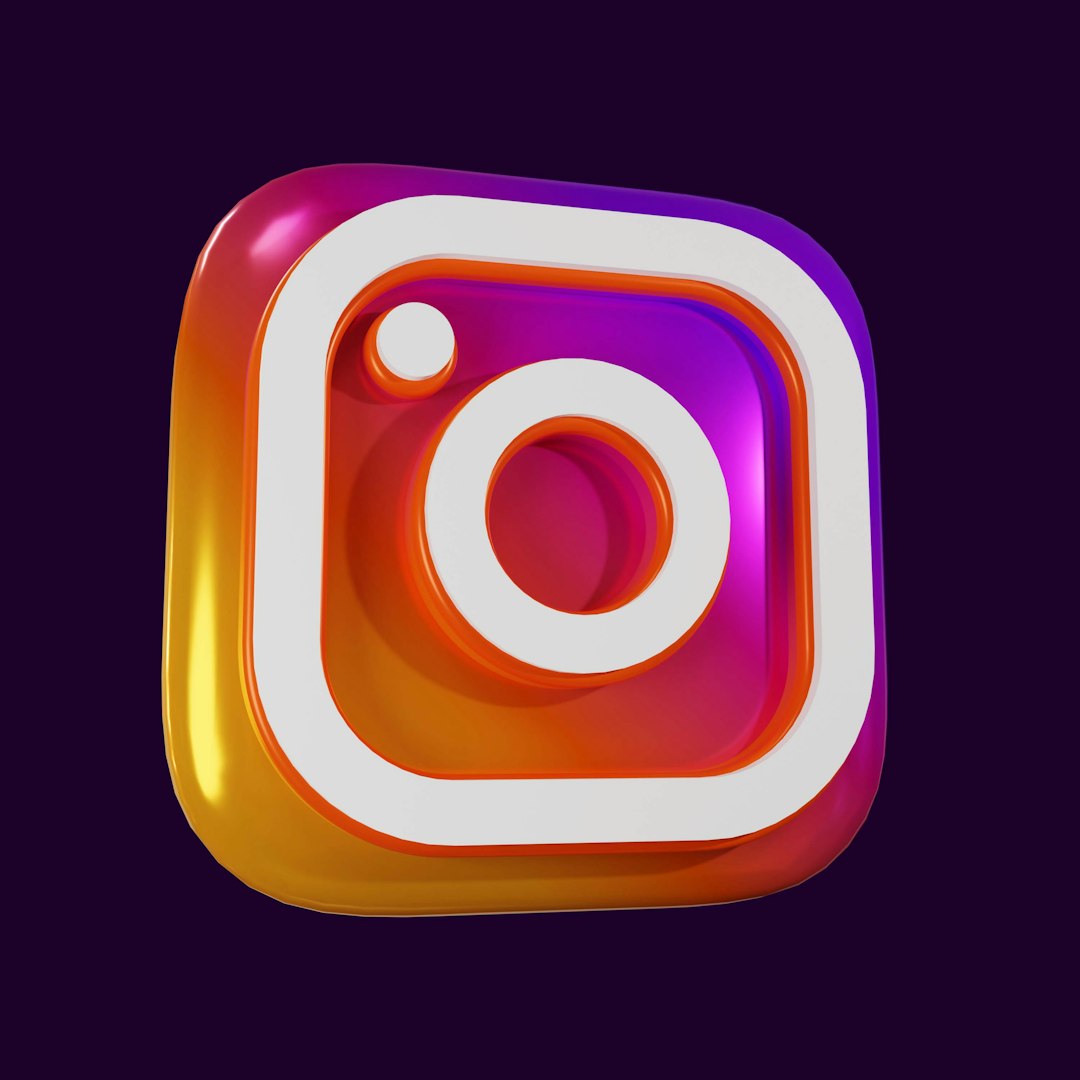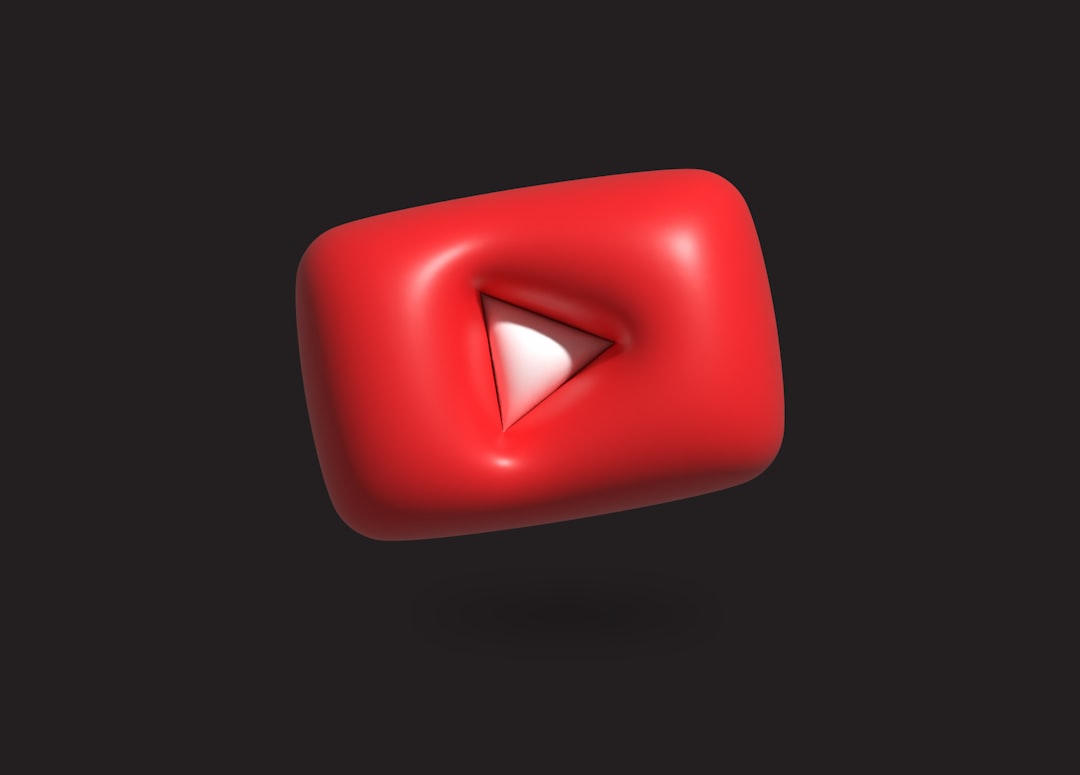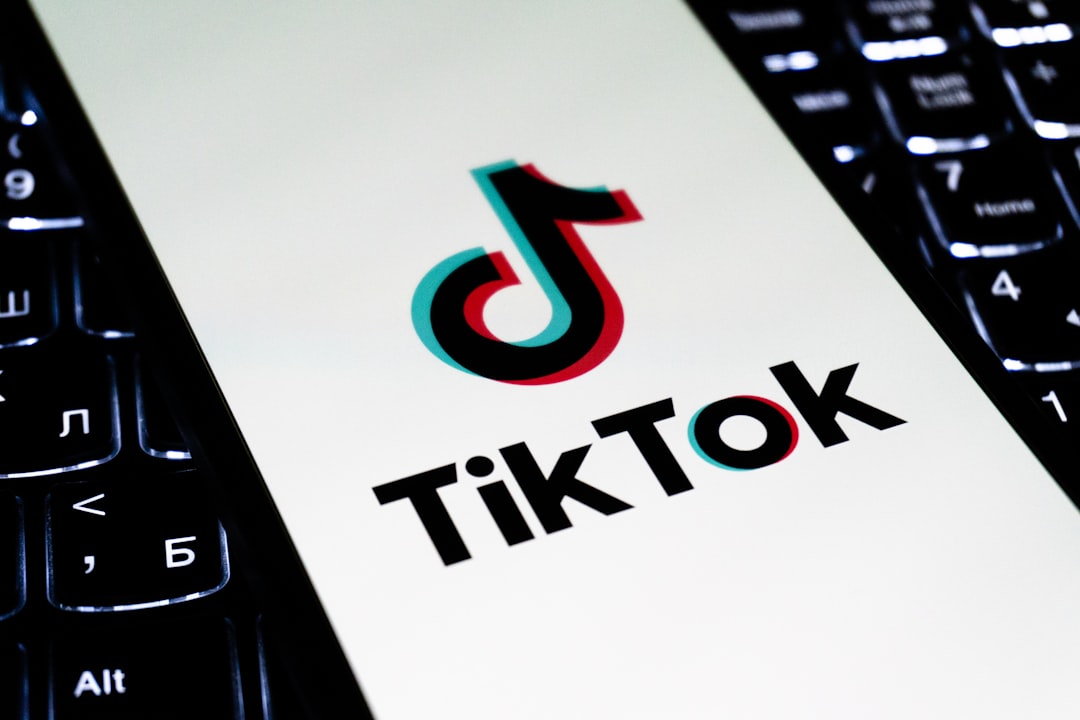Your logo is the visual ambassador of your brand. When leveraging multiple social media platforms like Instagram, YouTube, and TikTok, maintaining logo consistency while adapting it to platform-specific contexts is crucial for cohesive branding. An optimized strategy can significantly amplify recognition and audience trust.
TL;DR: To successfully use your logo across Instagram, YouTube, and TikTok, consistency, sizing, and platform-specific aesthetics are key. Ensure your logo is legible and responsive across various screen sizes and backgrounds. Optimize each logo version for proper dimensions and align branding across profile pictures, video elements, and thumbnails. Save assets in high resolution and versatile formats for adaptability across platforms.
1. Understanding the Purpose of Your Logo
Your logo is not just a decorative element—it carries your identity. It sets the tone of what followers can expect from your brand. When utilized appropriately across digital platforms, it fosters familiarity and builds credibility.
However, each platform has unique layouts, aspect ratios, and audience expectations. The challenge is to make sure the logo maintains integrity and impact no matter where it appears.
2. Creating a Multi-Platform Logo Strategy
Here are the fundamental considerations when preparing your logo for the three most influential video and visual-focused platforms:
- Consistency: The logo should be recognizable across platforms, even if adapted slightly for size or format.
- Scalability: Your logo needs to be understandable even when viewed on small screens — like a TikTok user’s phone.
- Flexibility: Multiple logo versions (horizontal, stacked, icon-only) help fit varying platform requirements.
3. Instagram Logo Usage Tips
Instagram prioritizes visual aesthetics and minimalist design. It’s less about long-form content and more about quick, impactful visuals. Here’s how to incorporate your logo effectively:
Profile Picture:
- Aspect Ratio: 1:1 (110 x 110 px recommended, but use 320 x 320 for better quality).
- Opt for a simplified or icon version of your logo—something easily viewable in a small circle.
- Make sure there’s contrast between logo and background—dark logo on a light background or vice versa.
Instagram Stories and Reels:
- Use semi-transparent logos in corners of stories or reels for unobtrusive branding.
- Try a watermark version of your logo in video edits, especially if the content is being shared widely.
Feed Posts:
- Incorporate your logo subtly in template posts or carousel covers.
- Create branded visuals for tips, announcements, or quotes using your logo in a consistent location.

4. YouTube Logo Usage Tips
YouTube offers more robust branding opportunities given its longer form formats and channel design elements. Here’s how to implement your logo productively:
Profile Picture:
- Aspect Ratio: 1:1 (Recommended size: 800 x 800 px).
- Use a clean icon or monogram version of your logo that’s visible even at small scales.
Channel Banner (Cover Art):
- Use logo in the safe zone centered horizontally (1546 x 423 px area).
- Remember logo visibility changes between TV, desktop, and mobile views.
Video Thumbnails and Watermarks:
- Thumbnails should include your logo for brand consistency and recognition.
- Place subtle watermarks in video corners—not too distracting but clearly visible.
- YouTube offers a branding watermark feature—make sure your logo format fits well at small sizes.
Video Intros and Outros:
- Use your logo in the first 3–5 seconds of intros to brand your content.
- Create matching end screens incorporating your logo, brand colors, and other visuals.

5. TikTok Logo Usage Tips
TikTok is known for fast-paced, informal content, often shot vertically and viewed on smartphones. Keeping that in mind, logo placement requires a minimalist, strategic approach.
Profile Picture:
- Sized 200 x 200 pixels minimum, displayed as a circle.
- Use a cropped, simplified version of your logo with high contrast.
Watermarked Branding:
- Add your logo as a small watermark at the top-left or bottom-right corner.
- Ensure it does not interfere with TikTok’s UI elements like captions or username handles.
Overlay Design Elements:
- Add branded intros or animations into your first 1–2 seconds to enhance preview impressions.
- If using text overlays, consider a consistent banner style that includes your logo subtly.

6. Best Practices for Cross-Platform Brand Cohesion
- Use Vector Files: Always design and export your logo in scalable vector formats like SVG or EPS, along with PNG and JPG for final uploads.
- Color Variations: Have light and dark versions of your logo to ensure visibility across different backgrounds.
- Test on Mobile: Preview your logo across all platforms on mobile devices to ensure clarity.
- Explore Templates: Use design tools (like Canva, Figma, or Adobe Express) to build templates that uniformly apply your logo on graphics and videos.
7. Mistakes to Avoid
- Using different versions of the logo with inconsistent elements.
- Over-complicating the logo for small profile image spaces.
- Placing the logo over busy backgrounds without contrast.
- Forgetting to update older content or thumbnails when rebranding your logo.
Conclusion
In the ever-competing world of digital content, your logo serves as a silent yet powerful tool for identity and recognition. Whether it’s a YouTube channel banner, a TikTok profile pic, or an Instagram story highlight, using a unified and responsive logo design improves trust and professionalism. Always tailor your logo to the unique aesthetic needs of each platform while preserving core brand symbols, colors, and visual appeal.
FAQs
- Q: What file formats are best for uploading logos?
A: PNG is ideal for transparency. SVG is best for scalability and editing, but some platforms may not support it directly. - Q: Should I use the same logo on all platforms?
A: Yes, but with adjusted versions (icon, stacked, minimalistic) tailored for platform-specific image dimensions and backgrounds. - Q: How small can my logo be and still be readable?
A: For clarity, avoid logos smaller than 100 x 100 px. Keep elements like text or thin lines minimal when shrinking. - Q: How do I place my logo on video content?
A: Use the bottom-right corner for watermarking. Ensure it’s subtle and doesn’t interfere with messaging or TikTok interface elements. - Q: What tools can help design platform-optimized logos?
A: Popular tools include Canva, Figma, Adobe Illustrator, and Kapwing for video-based branding elements.

